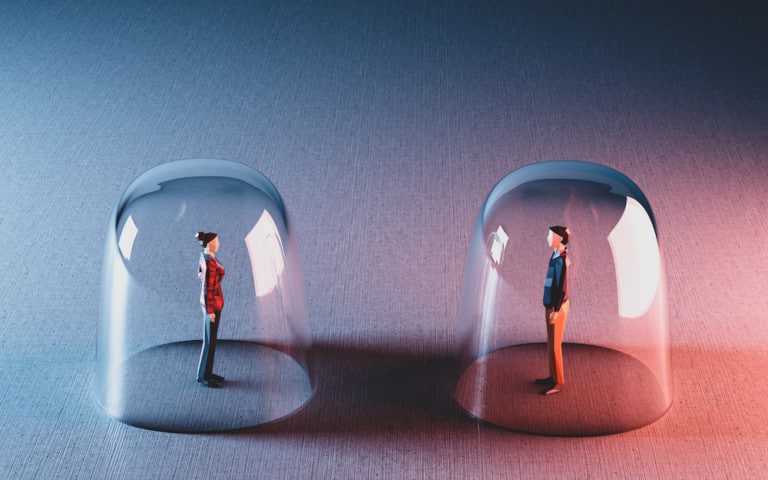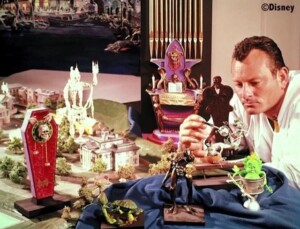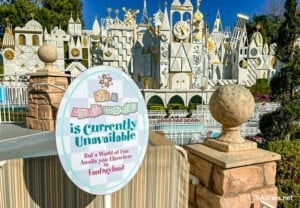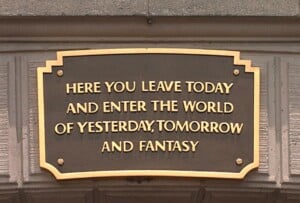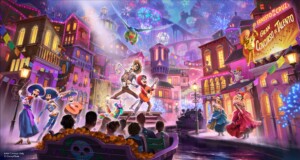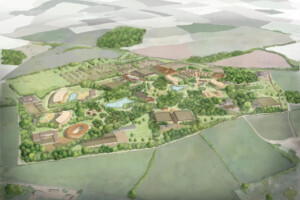By Eddie Sotto

As we see cases of COVID-19 drop and vaccination numbers rise, there is a sense of hope that some kind of normalcy will resume. Personally, I’m hoping to get back to my favourite restaurants. Then, something happened recently that gave me pause.
Too close for comfort?
I was on a bench at the beach when a man walked right up and shared the bench with me to put his shoes on. Masked yes, but about a foot away. The day before, several people approached very close to hug our family dog on a walk and rub germs all over it.
In all cases, an alarm went off in my head yelling “HEY. You’re too close, get away!” I’m not vaccinated yet and my comfort zone is still set to 6 feet. Obviously, theirs changed for everyone. You may notice this yourself.
While sitting there, it got me thinking that the majority will likely have the desire to resume the past, as the pleasure of normalcy outweighs their perceived fear of getting sick. They crave normal, don’t we all? Even though vaccinations only provide a measure of safety, the subsequent low perception of risk is what changes behaviour.
Another group is one of markedly altered behaviour – still wary, not shaking hands, and perhaps not going to shared experiences until greatly reassured. They have a high perception of risk and are scared by the potential of illness spreading in crowds. They perhaps have cocooned at home and view contact in a wary way, almost tainted by the unknown.
‘Fearamones’ and shared experiences
The pandemic has bred a pre-hypochondriac, with a “fearamone” response to gathering, to shaking hands, even to the idea of being in crowds, which gives them a valid reason to be anti-social and avoid contact. Just think of my reactions on the bench.
Not unlike people with anxiety disorders who avoid crowded elevators, this group will practice avoidance. So, instead of going to a crowded theatre or restaurant, it’s a night of streaming and take-out at home. A big shift.
Bob Chapek, Disney CEO, said: “This is a fluid situation and it is fluid for two reasons: the short term impact of COVID on the number of screens open and on consumers’ willingness to go back, but also the fundamental changes of consumer behaviour, which might be more profound.”
Fundamental changes?
Those “fundamental changes” Chapek speaks of are what I’m obsessed with, as it affects our industry more than just theatres.
Shared experiences succeed in part because they reassure by association. All of us share a fireworks display, we love to hear the boom together, a collective “ aah” or “ ooh” of each shell enveloping the skies. Pyrotechnics on TV are not interesting at all, otherwise, there would be a fireworks channel. They succeed as immersive, shared experiences.
When we root for our home team or raise a flame for an encore of our favourite band, those are “en masse” moments.
To be wary of others, or to even avoid gatherings, is to distance ourselves from emotional growth and survival. As far back as the Bible, we’re encouraged to “not forsake the gathering of ourselves together” as a means of promoting peace and mutual encouragement.
The point is, gathering is fundamental to a healthy society.
Shared experiences – you had to be there
When we say “you just had to be there”, it means that language does not have the words to communicate the emotions behind a moment. When we limit our feelings to a text or an emoji, we are risking our own authenticity. People would not give up their family reunions last year as they valued sharing.
To be together and experience that grand finale, to smile at a stranger seated next to us and say, “wasn’t that amazing?”, and hear their response to the same event, reassures us that we share common ground. We can survive as a species. Shared experiences do that best when they become safe enough to be unmasked and not distanced.
So how deep has the pandemic reconditioned society? We don’t know. Vaccines may create enough of a perception of safety unless variants take us backwards. 40 years ago, Jaws scared us so bad we didn’t go back in the water for decades. The highest human death toll in recent memory might be enough to do similar.
To me, the bar of safety, like after 911, needs to be raised to a new level to prevent future outbreaks and ensure a way for us to be together safely. The TSA did this for us with terror and we feel safe to fly, regardless of the threat level. Vaccinations, chasing variants and booster shots are reactive. Let’s get ahead of this. When flu season carries a 500k flu death toll, we need to pay attention. Till then, I’m thinking, you’re a bit too close and quit handling my dog!
